Audi 2008 Annual Report Download - page 90
Download and view the complete annual report
Please find page 90 of the 2008 Audi annual report below. You can navigate through the pages in the report by either clicking on the pages listed below, or by using the keyword search tool below to find specific information within the annual report.-
 1
1 -
 2
2 -
 3
3 -
 4
4 -
 5
5 -
 6
6 -
 7
7 -
 8
8 -
 9
9 -
 10
10 -
 11
11 -
 12
12 -
 13
13 -
 14
14 -
 15
15 -
 16
16 -
 17
17 -
 18
18 -
 19
19 -
 20
20 -
 21
21 -
 22
22 -
 23
23 -
 24
24 -
 25
25 -
 26
26 -
 27
27 -
 28
28 -
 29
29 -
 30
30 -
 31
31 -
 32
32 -
 33
33 -
 34
34 -
 35
35 -
 36
36 -
 37
37 -
 38
38 -
 39
39 -
 40
40 -
 41
41 -
 42
42 -
 43
43 -
 44
44 -
 45
45 -
 46
46 -
 47
47 -
 48
48 -
 49
49 -
 50
50 -
 51
51 -
 52
52 -
 53
53 -
 54
54 -
 55
55 -
 56
56 -
 57
57 -
 58
58 -
 59
59 -
 60
60 -
 61
61 -
 62
62 -
 63
63 -
 64
64 -
 65
65 -
 66
66 -
 67
67 -
 68
68 -
 69
69 -
 70
70 -
 71
71 -
 72
72 -
 73
73 -
 74
74 -
 75
75 -
 76
76 -
 77
77 -
 78
78 -
 79
79 -
 80
80 -
 81
81 -
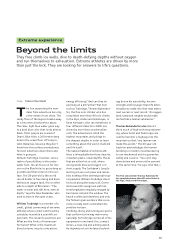 82
82 -
 83
83 -
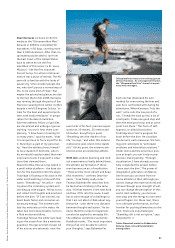 84
84 -
 85
85 -
 86
86 -
 87
87 -
 88
88 -
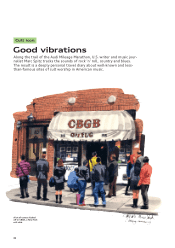 89
89 -
 90
90 -
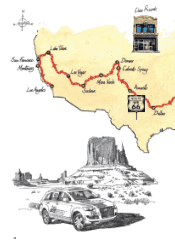 91
91 -
 92
92 -
 93
93 -
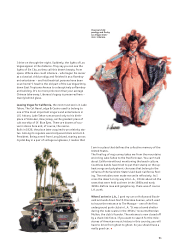 94
94 -
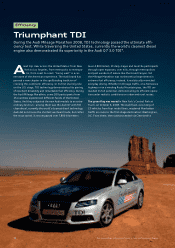 95
95 -
 96
96 -
 97
97 -
 98
98 -
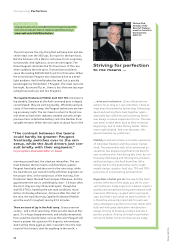 99
99 -
 100
100 -
 101
101 -
 102
102 -
 103
103 -
 104
104 -
 105
105 -
 106
106 -
 107
107 -
 108
108 -
 109
109 -
 110
110 -
 111
111 -
 112
112 -
 113
113 -
 114
114 -
 115
115 -
 116
116 -
 117
117 -
 118
118 -
 119
119 -
 120
120 -
 121
121 -
 122
122 -
 123
123 -
 124
124 -
 125
125 -
 126
126 -
 127
127 -
 128
128 -
 129
129 -
 130
130 -
 131
131 -
 132
132 -
 133
133 -
 134
134 -
 135
135 -
 136
136 -
 137
137 -
 138
138 -
 139
139 -
 140
140 -
 141
141 -
 142
142 -
 143
143 -
 144
144 -
 145
145 -
 146
146 -
 147
147 -
 148
148 -
 149
149 -
 150
150 -
 151
151 -
 152
152 -
 153
153 -
 154
154 -
 155
155 -
 156
156 -
 157
157 -
 158
158 -
 159
159 -
 160
160 -
 161
161 -
 162
162 -
 163
163 -
 164
164 -
 165
165 -
 166
166 -
 167
167 -
 168
168 -
 169
169 -
 170
170 -
 171
171 -
 172
172 -
 173
173 -
 174
174 -
 175
175 -
 176
176 -
 177
177 -
 178
178 -
 179
179 -
 180
180 -
 181
181 -
 182
182 -
 183
183 -
 184
184 -
 185
185 -
 186
186 -
 187
187 -
 188
188 -
 189
189 -
 190
190 -
 191
191 -
 192
192 -
 193
193 -
 194
194 -
 195
195 -
 196
196 -
 197
197 -
 198
198 -
 199
199 -
 200
200 -
 201
201 -
 202
202 -
 203
203 -
 204
204 -
 205
205 -
 206
206 -
 207
207 -
 208
208 -
 209
209 -
 210
210 -
 211
211 -
 212
212 -
 213
213 -
 214
214 -
 215
215 -
 216
216 -
 217
217 -
 218
218 -
 219
219 -
 220
220 -
 221
221 -
 222
222 -
 223
223 -
 224
224 -
 225
225 -
 226
226 -
 227
227 -
 228
228 -
 229
229 -
 230
230 -
 231
231 -
 232
232 -
 233
233 -
 234
234 -
 235
235 -
 236
236 -
 237
237 -
 238
238 -
 239
239 -
 240
240 -
 241
241 -
 242
242 -
 243
243 -
 244
244 -
 245
245 -
 246
246 -
 247
247 -
 248
248 -
 249
249 -
 250
250 -
 251
251 -
 252
252 -
 253
253 -
 254
254 -
 255
255 -
 256
256 -
 257
257 -
 258
258 -
 259
259 -
 260
260 -
 261
261
 |
 |

ost New Yorkers, like myself, pass cultural
landmarks every day and seldom stop to con-
sider them. Occasionally there’s a bronze
plaque out front that catches the eye, forcing you to
slow down and acknowledge who slept, worked or died
inside. Like the one at the Chelsea Hotel on West 23rd
Street in the trendy Chelsea district. The Chelsea has
become a legend unto itself: This is where the voices of
the countercultural and antiwar movements of the
1960s descended – the hotel has been home to artists,
bohemians and musicians ever since.
We Americans are especially unsentimental about our
rock ’n’ roll and pop landmarks, which it can be argued is
appropriate. After all, isn’t rock ’n’ roll all about moving
forward? And yet, each time a rock club like CBGB –
where the careers of musicians like Blondie first began –
turns into a shoe store, I wonder whether or not more
should be done to keep the memories alive. On this road
trip from New York to Los Angeles, I am going to try and
cover as much rock ’n’ roll hallowed ground as I can.
The journey begins in my town: New York City. First, I
drive up the Joe DiMaggio Highway towards the Bronx.
Today, there are DJs, breakdancers and rappers in Aus-
tralia, Iceland, China, probably Antarctica too. But there
wouldn’t be any anywhere if it weren’t for what hap-
pened up here at 1520 Sedgwick Avenue: On August 11,
1973, somewhere between 9 p.m. and 4 a.m., Jamaican
immigrants didn’t just play records at one of the many
block parties in the South Bronx, for the first time they
livened them up by using rhythmic mixing and scratch-
ing. Thus, hip hop was born.
36 years after that historic night, rumors are circulating
that real estate developers are going to gut this place
Copy Marc Spitz
Illustrations Matthew Cook
M
and turn it into more expensive condos. The neighbor-
hood and some politicians have tried to intervene.
I leave New York and head for Washington, D.C., where
one of the most gifted soul musicians ever known was
born in 1939. As a young boy, this singer was at his
happiest spending the afternoon on wasteland near his
family’s home, where he would sing on the bank of the
Watts Branch. Today, that very same area is now named
after him: Marvin Gaye Park.
An icon of the New
Wave era: Debbie
Harry of Blondie.
